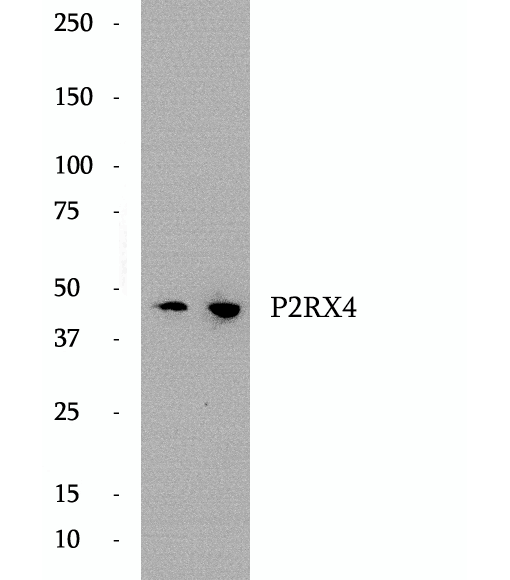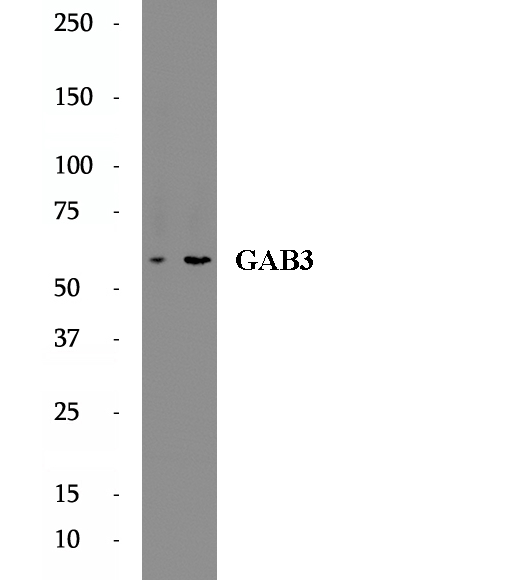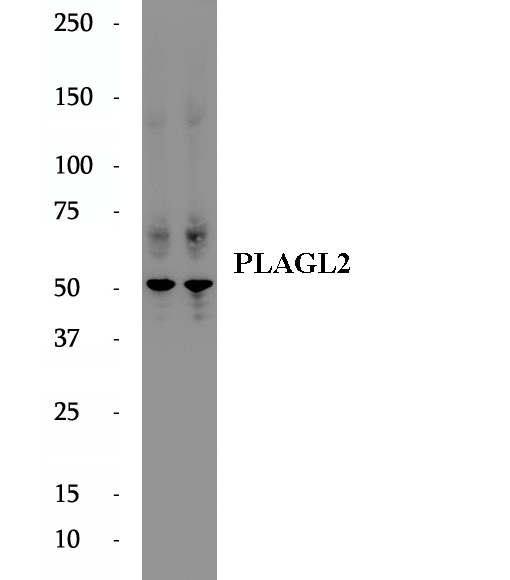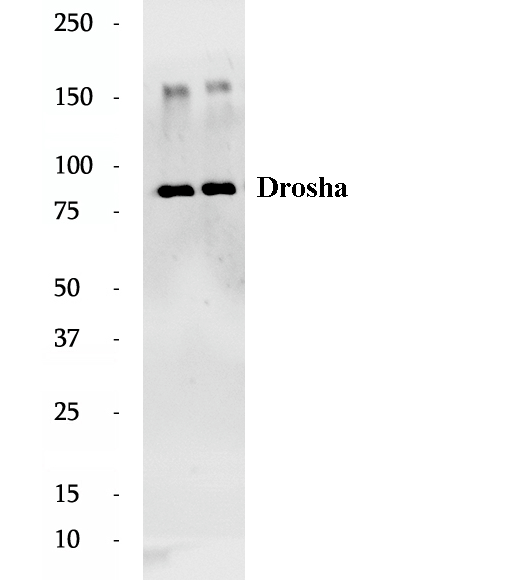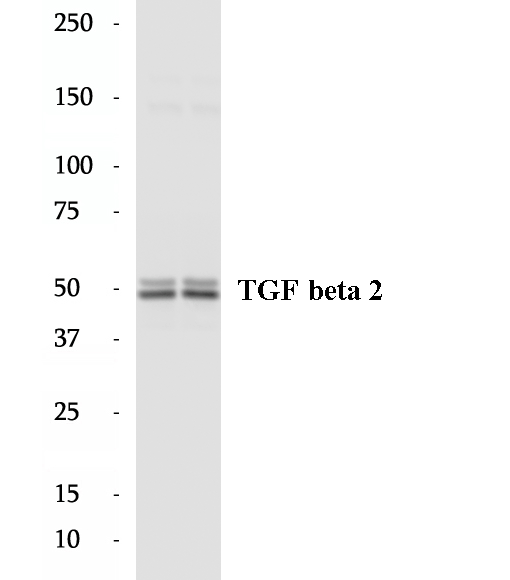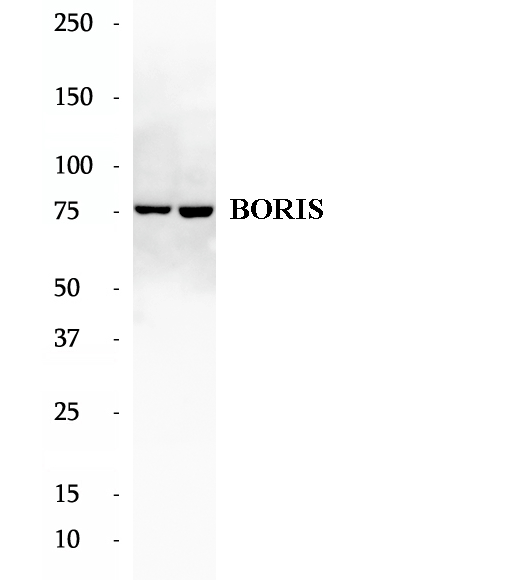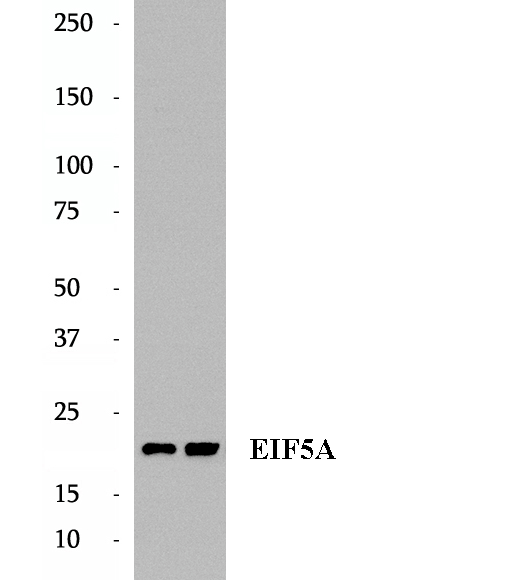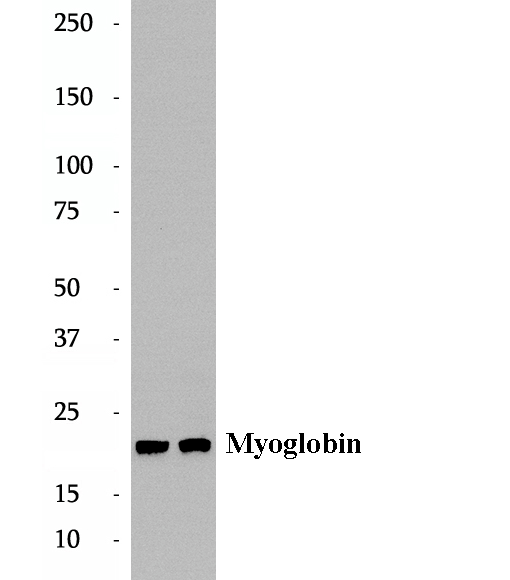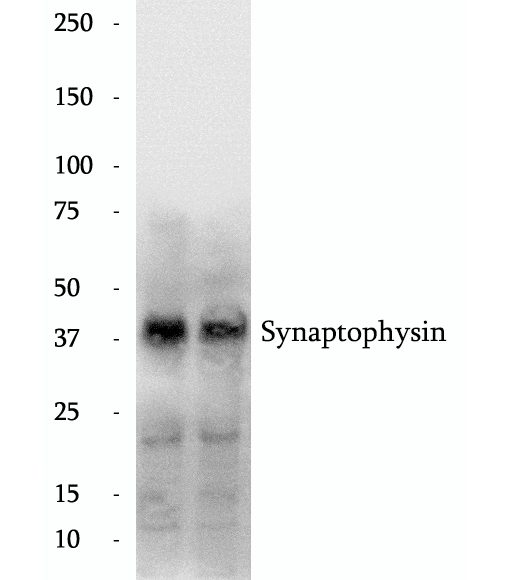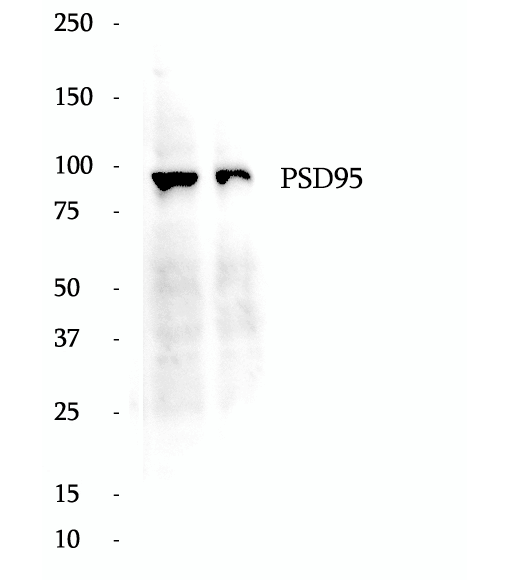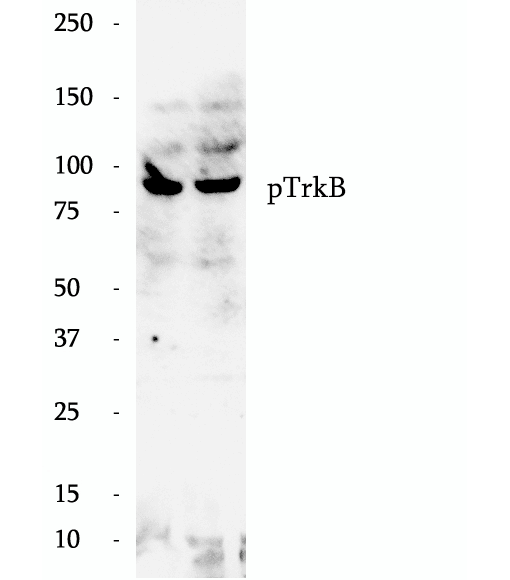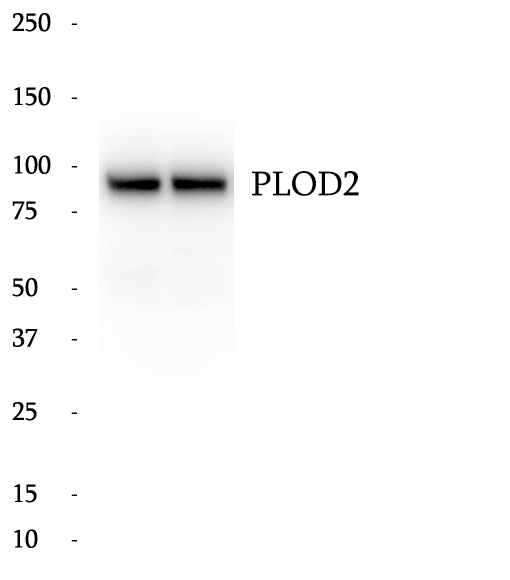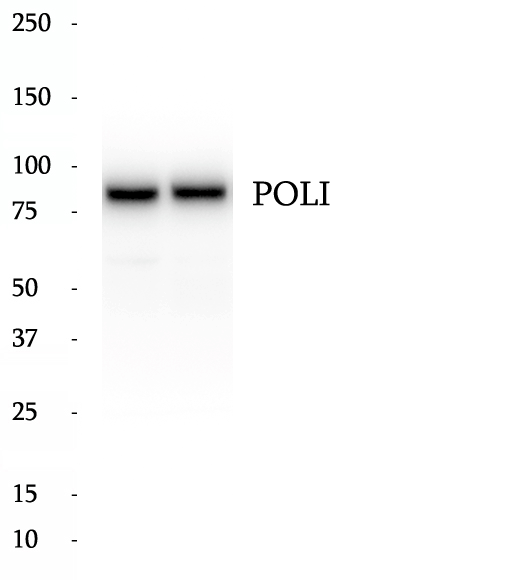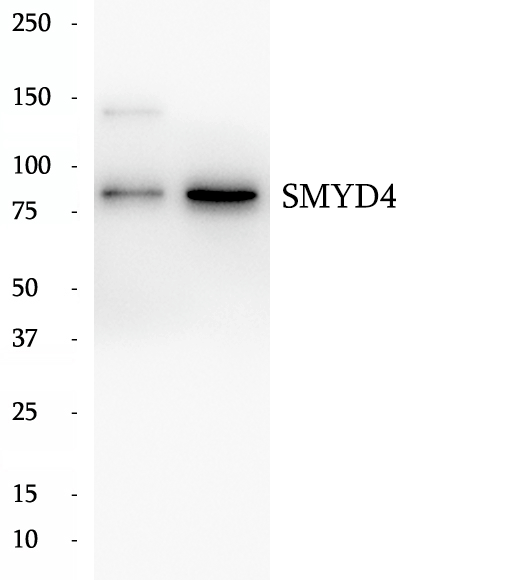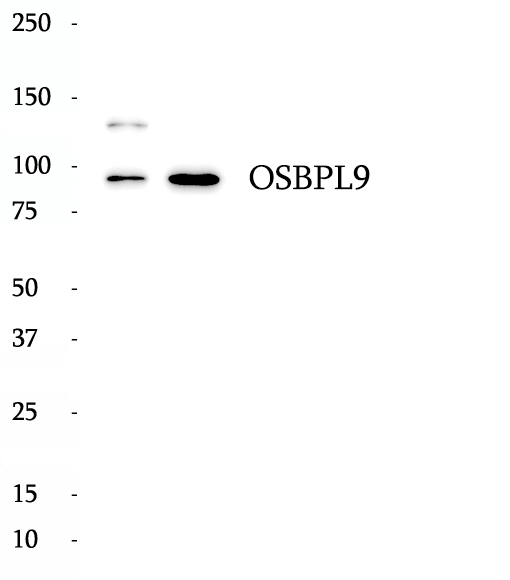|
BP63354
|
Anti-P2RX4 antibody
|
|
|
|
|
Nucleotides, the structural subunits of the nucleic acids, are also important extracellular signaling molecules. P2 receptors are a family of cell surface receptors that mediate a wide variety of physiologic effects in response to extracellular nucleotides. These receptors fall into two classes: P2X receptors, which are ligand-gated ion channels that mediate calcium and potassium fluxes in response to ATP, and P2Y receptors, which are G protein-coupled receptors (GPCRs). P2RX4 (P2X purinoceptor 4) is a receptor for ATP acting as a ligand gated ion channel. The calculated molecular weight of P2RX4 is 43 kDa, larger apparent molecular weights of 50-80 kDa have been reported, possibly due to post-translational glycosylation. The antibody can detect the band around 45 kDa.
|
|
BP61819
|
Anti-GAB3 antibody
|
|
|
|
|
GAB3 belongs to the GAB family. GAB3 interacts with PIK3R/p85, SHP2 and GRAP2/MONA. It may interact with Grb2. The antibody is specific to GAB3.
|
|
BP63698
|
Anti-PLAGL2 antibody
|
|
|
|
|
PLAGL2, also named as KIAA0198, belongs to the krueppel C2H2-type zinc-finger protein family. It shows weak transcriptional activatory activity. PLAGL2), a proto-oncogene, is implicated in a variety of cancers including acute myeloid leukemia (AML), malignant glioma, colon cancer, and lung adenocarcinoma.PLAGL2 can function as a tumor suppressor by initiating cell cycle arrest and apoptosis.
|
|
BP60328
|
Anti-ASIC1 antibody
|
|
|
|
|
ASIC1 (Acid-sensing ion channel 1), also named as ACCN2, BNaC2 or amiloride-sensitive cation channel 2, is a member of the ASICs family. ASICs, an H+-gated subgroup of the epithelial Na+ channel/degenerin (ENaC/DEG) superfamily, are widely expressed throughout the central and peripheral nervous system and triggered by increased extracellular acidification. ASIC1 is a key player in acidosis-induced tumor growth and invasiveness. Clinically, alterations of ASIC1 are associated with poor survival in breast cancer.
|
|
BP61419
|
Anti-Drosha antibody
|
|
|
|
|
DROSHA, also named as RN3, RNASE3L, P241 and RNASEN, is double-stranded (ds) RNA-specific endoribonuclease that is involved in the initial step of microRNA (miRNA) biogenesis. It is a component of the microprocessor complex that is required to process primary miRNA transcripts (pri-miRNAs) to release precursor miRNA (pre-miRNA) in the nucleus. Within the microprocessor complex, RNASEN/DROSHA cleaves the 3' and 5' strands of a stem-loop in pri-miRNAs (processing center 11 bp from the dsRNA-ssRNA junction) to release hairpin-shaped pre-miRNAs that are subsequently cut by the cytoplasmic DICER to generate mature miRNAs. RNASEN is involved also in pre-rRNA processing. Cleaves double-strand RNA and does not cleave single-strand RNA. And it is involved in the formation of GW bodies. The antibody is specific to DROSHA. DROSHA/RNASEN has some transcription forms with MW 160kd, 151kd, 138kd and 90kd.
|
|
BP64834
|
Anti-TGF beta 2 antibody
|
|
|
|
|
Tranforming growth factor beta-2 (TGFB2), also named G-TSF, BSC-1 cell growth inhibitor, Polyergin and Cetermin, belongs to the TGF-beta family. TGFB2 is a secreted protein and contains a 19aa signal peptides at its N-terminal. Heterodimers with TGFB1 and with TGFB2 have been found in bone. It was proved to have suppressive effects on interleukin-2 dependent T-cell growth.
|
|
BP60500
|
Anti-BORIS antibody
|
|
|
|
|
CTCFL, also named BORIS (for brother of the regulator of imprinted sites) is a paralogue of the 11 zinc-finger transcription factor, CTCF. It is predominantly expressed in spermatocytes in the testis, also can be found in tumors and cancer cell lines. It mainly participates in insulator function, nuclear architecture and transcriptional control, which probably acts by recruiting epigenetic chromatin modifiers. It has a key role in gene imprinting in male germline, by participating in the establishment of differential methylation at the IGF2/H19 imprinted control region (ICR). Directly binds the unmethylated H19 ICR and recruits the PRMT7 methyltransferase, leading to methylate histone H4 'Arg-3' to form H4R3sme2. Present polyclonal anti-CFCFL antibody (11074-2-AP) is produced by immunizing animals with part of C-terminal chain of CTCFL and detect a 75-kDa band and a 55-kDa band.
|
|
BP60701
|
Anti-CBX4 antibody
|
|
|
|
|
CBX4, also named as E3 SUMO-protein ligase CBX4 or Polycomb 2 homolog, is a 560 amino acid protein, which contains 1 chromo domain. CBX4 facilitates SUMO1 conjugation by UBE2I. CBX4 acting as a transcriptional co-repressor is involved in maintaining the transcriptionally repressive state of genes, modifies chromatin, rendering it heritably changed in its expressibility. CBX4 localizes in the nucleus and is widely expressed in various tissues. The calculated molecular weight of CBX4 is 61 kDa, but the modified CBX4 may be a 70-75 kDa protein.
|
|
BP61513
|
Anti-EIF5A antibody
|
|
|
|
|
Translation of messenger RNA (mRNA) to protein in eukaryotesis a crucial process in protein biosynthesis, in which initiation of translation involves interaction of different eukaryotic translation initiation factors (eIFs), ribosome subunits and mRNAs. Eukaryotic translation initiation factor 5A (EIF5A) is one of the eIFs involved in translation initiation. EIF5A has a essential role in cell viability and the only protein known to contain the amino acid residue hypusine, formed by post-translational modification of a specific lysine residue. Firstly identified as a translation initiation factor, it also has a function in the elongation step of translation.
|
|
BP63019
|
Anti-Myoglobin antibody
|
|
|
|
|
Myoglobin is a cytoplasmic hemoprotein that is expressed primarily in cardiomyocytes and oxidative skeletal muscle fibers, functioning on facilitating oxygen transport and modulating nitric oxide homeostasis within cardiac and skeletal myocytes. Recent studies indicated that myoglobin was also expressed in non-muscle tissues. This antibody well recognized endogenous myoglobin in muscle lysates.
|
|
BP64714
|
Anti-Synaptophysin antibody
|
|
|
|
|
Synaptophysin (SYP, also known as major synaptic vesicle protein p38) is a 38-kDa integral membrane glycoprotein that regulates synaptic vesicle endocytosis. It is the most abundant synaptic vesicle protein by mass. Synaptophysin is present in neuroendocrine cells and neurons that participate in synaptic transmission. Synaptophysin is a useful marker for identification of neuroendocrine cells and neoplasms.
|
|
BP63875
|
Anti-PSD95 antibody
|
|
|
|
|
PSD-95 (postsynaptic density protein 95) also known as SAP-90 (synapse-associated protein 90) is a protein that in humans is encoded by the DLG4 (disks large homolog 4) gene. PSD-95 is a scaffolding protein of the MAGUK protein family, and engages in several vital protein-protein interactions in the brain with its PDZ domains. It has been suggested that PSD-95 is composed of two supramodules, one of which is the PDZ1-2 tandem domain. It plays an important role in synaptic plasticity and the stabilization of synaptic changes during long-term potentiation. Observed MW of PSD95 is 90-95 kDa due to phosphorylation.
|
|
BP62451
|
Anti-Kallikrein 1 antibody
|
|
|
|
|
KLK1 (tissue kallikrein 1) is a member of the tissue kallikrein family of serine proteases and is the primary kinin-generating enzyme in human airways. It is involved in the control of ionic transport in the renal tubule, an action that may not be kinin-mediated. This protein has 2 isoforms produced by alternative splicing.
|
|
BP65430
|
Anti-Phospho-TrkB antibody
|
|
|
|
|
Tropomyosin-related kinase B (TrkB) is a member of the neurotrophic tyrosine receptor kinase (NTRK) family. It is a single-pass type 1 membrane protein consisting of three domains: an extracellular ligand binding domain, a transmembrane domain and an intracellular tyrosine kinase domain. TrkB is primarily expressed in the central and peripheral nervous systems. TrkB plays an important role in neural development and maintenance through regulating neuronal differentiation, proliferation, survival, migration, neurogenesis, and plasticity.
|
|
BP61278
|
Anti-DDX21 antibody
|
|
|
|
|
DX21 protein belongs to DEAD box protein family which is characterized by the conserved motif Asp-Glu-Ala-Asp (DEAD). As a putative RNA helicase, DDX21 unwinds double-stranded RNA, folds single-stranded RNA and is involved in process including ribosomal RNA biogeneis, RNA editing and general transcription. Interaction of DDX21 and c-Jun was reported in ribosomal RNA processing. DDX21 exists as two isoforms, molecular weight of modified isoform one is about 87 -100 kDa, and the post-modified isoform is about 75-85 kDa. Catalog# 10528-1-AP is a rabbit polyclonal antibody raised against N-terminal of human DDX21.
|
|
BP63717
|
Anti-PLOD2 antibody
|
|
|
|
|
PLOD2,also named as LH2, forms hydroxylysine residues in -Xaa-Lys-Gly- sequences in collagens. It is a potential novel prognostic factor for HCC patients following surgery. Among the PLOD genes, PLOD2 contributes to cancer prognosis and angiogenesis. Several authors have reported that PLOD2 expression might provide prognostic information about malignant tumours such as glioblastoma. PLOD2 expression is a useful biomarker for the effects of antiangiogenic treatment for malignancy.. It has 2 isoforms produced by alternative splicing and seven glycosylation sites.This antibody is specific to PLOD2.
|
|
BP63751
|
Anti-POLI antibody
|
|
|
|
|
POLI has several biochemical functions, for example, DNA-directed DNA polymerase activity, damaged DNA binding, metal ion binding. Some of the functions are cooperated with other proteins, some of the functions could acted by POLI itself.
|
|
BP64512
|
Anti-SMYD4 antibody
|
|
|
|
|
SMYD4, also named as SET and MYND domain-containing protein 4, is a 804 amino acid protein, which contains 1 MYND-type zinc finger and 1 SET domain. SMYD4 belongs to the class V-like SAM-binding methyltransferase superfamily. SMYD4, as a potential tumor suppressor, plays a critical role in breast carcinogenesis at least partly through inhibiting the expression of Pdgfr-alpha, and could be a novel target for improving treatment of breast cancer. SMYD4 is a muscle-specific transcriptional modulator involved in development.
|
|
BP63327
|
Anti-OSBPL9 antibody
|
|
|
|
|
ORP9 is expressed as a full-length (ORP9L) or truncated version missing the PH domain (ORP9S).
|
|
BP63740
|
Anti-PNPT1 antibody
|
|
|
|
|
PNPT1 (polynucleotide phosphorylase1; also known as PNPASE) localizes in the mitochondrial intermembrane and regulates RNA import into mitochondria (20691904). PNPT1 is also involved in mRNA degradation. As a type I IFN-inducible gene, PNPT1 plays an essential role in mediating IFN-mediated inflammatory processes (17804700). Recently mutation in PNPT1 has been reported to cause hereditary hearing loss (23084290). This antibody detected the endogenous PNPT1 around 80 kDa in mouse brain.
|
